GHD Design’s landscape arm has been rewarded for its transformative delivery of Croydon’s Tarralla Creek, taking out the Infrastructure category at the 2023 Victorian Australian Institute of Landscape Architects Awards.
The project has seen an underground stormwater system reimagined into a sustainable series of cascades, pools and riffles, along with treatment wetlands and sediment basins.
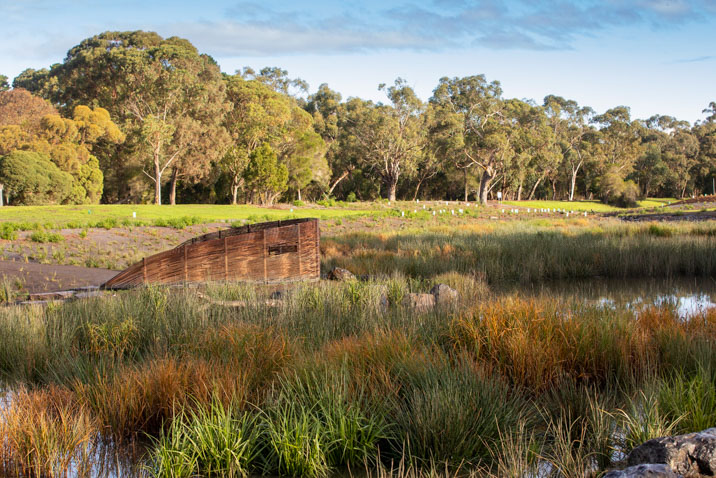
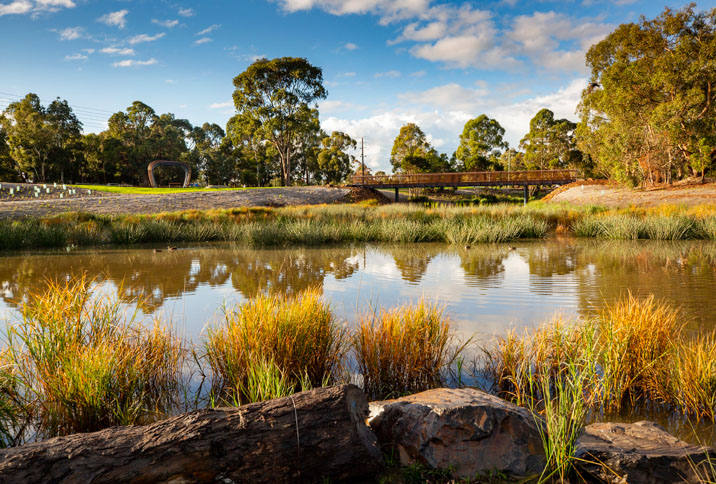
The project was funded via Melbourne Water’s Reimaging Your Creek program, which saw GHD and GHD Design work alongside Melbourne Water, the City of Maroondah, local stakeholders and community to deliver the project to an outstanding outcome.
“The approach represents a strategic shift in thinking about waterway management purely from a flood conveyance lens to a community-led vision for connecting people with place, water and the area’s history,” says Martin Coyle, Director Landscape Architecture at GHD Design.

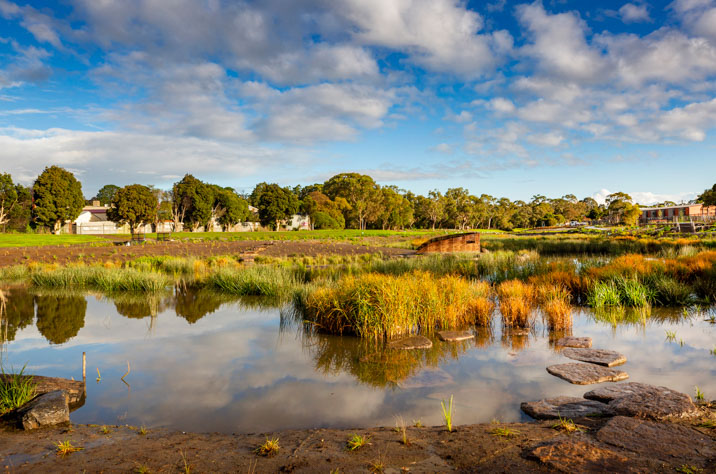
“Co-design with community was integral to our design response, which set out to not only improve the health of the waterway and surrounding natural environment but is also aligned with the community’s core values and desires – the key ingredients to a successful open space.”
Neil Featon, Reimagining Your Creek Program Manager, Melbourne Water, says that the project has resulted in improved water quality, increased diversity and created a new open space to be utilised by the local community.
“Tarralla Creek has created a ‘wellness heart’ for Croydon by providing a series of paths that connect the community to other open space nearby,” he says.
“Its transformation has resulted in a healthy functioning meandering waterway that continues to manage flooding issues while improving biodiversity through habitat creation.”
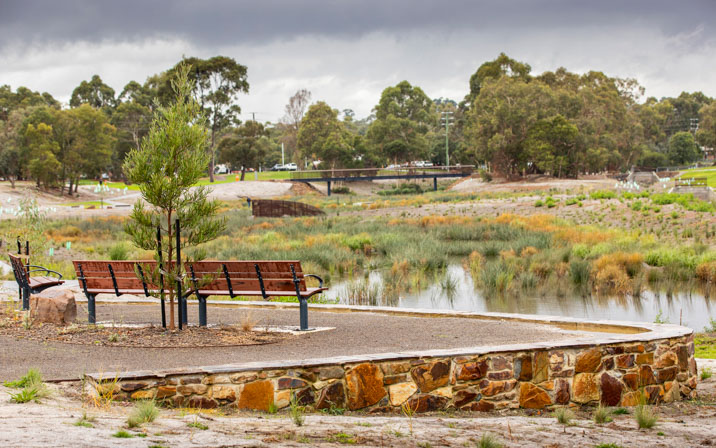
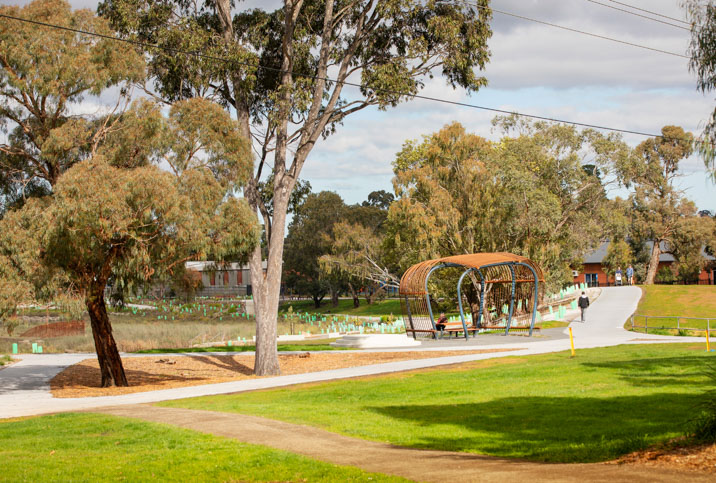
Tarralla Creek now runs through a 12,500 sqm wetland system that filters and cleans the water. The wetland is home to 27,000 aquatic plants, 194 new trees and over 60,000 terrestrial plants and shrubs, increasing bird population and creating a habitat for other animals. Walking trails link the wetland to a larger network of walking and cycling paths.
A corten steel bird hide is reminiscent of traditional eel and fish traps and have been designed in consultation with the Wurundjeri Woi Wurrung Land Corporation and members of the Mullum Mullum Indigenous Gathering Place. It ensures that visitors can view birds quietly in a safe environment, without disrupting the ecosystem.

